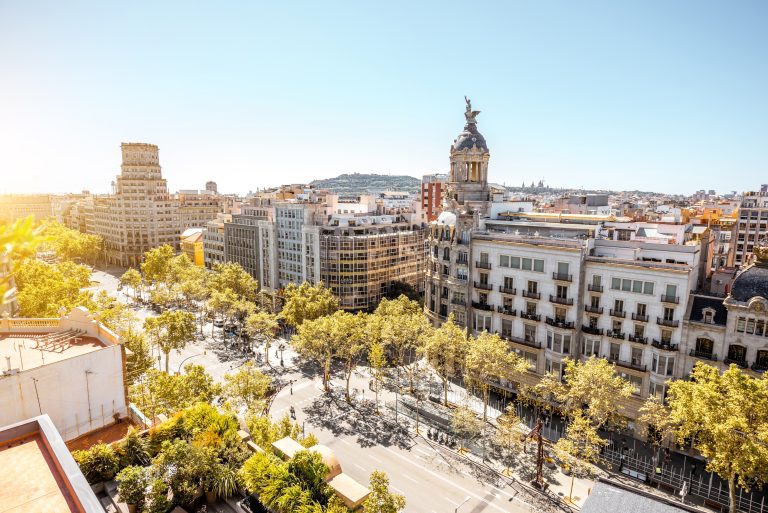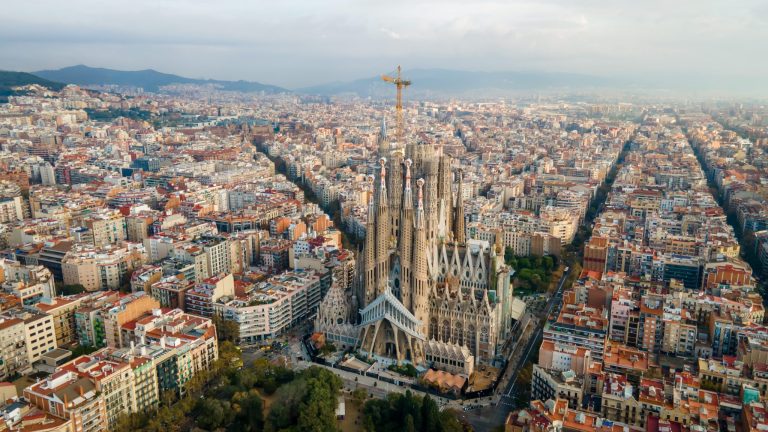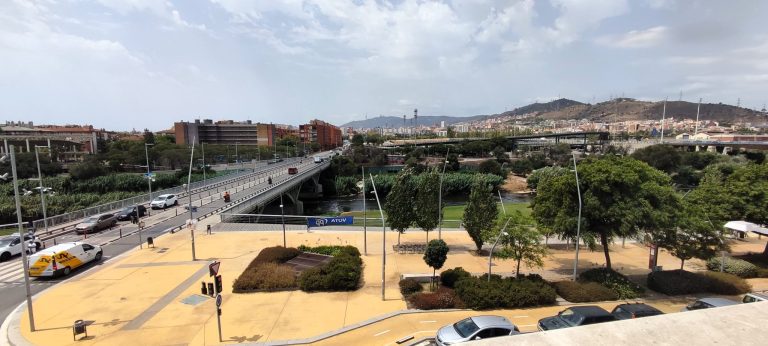Heavy traffic, long commutes, and environmental concerns – especially air pollution – are giving US city dwellers good reasons to consider alternative modes of transportation. In this article, we look at the forces that are reshaping urban mobility, and we consider how these forces are playing out in different types of cities. We conclude with a set of ideas for how US city leaders can help improve travel experiences and the lives of their residents.
In order to understand urban mobility trends, experts from the McKinsey Center for Business and Environment consider seven factors that will define how cities move in the future:
1. Privately owned vehicles: Four major technological trends could improve urban mobility. In-vehicle connectivity, combined with real-time analytics, could reroute drivers to avoid traffic congestion and even prevent congestion from forming. Electric power trains can make cars more energy efficient and reduce local air pollution from tailpipe emissions. Car-sharing services could allow each vehicle to be used more intensively, perhaps reducing the number of cars on the road. Advanced driver-assistance systems that provide pre-collision warnings, blind-spot monitoring, emergency braking, and other safety features are proliferating—and clearing the way for autonomous vehicles (AVs), or self-driving cars, to gain wide acceptance. AVs could cut accidents by as much as 90 percent, according to preliminary estimates, saving thousands of lives and up to $190 billion a year in the United States by 2050. Autonomous driving could also improve the flow of traffic, leading to better use of existing road capacity and reducing the need to build or widen roads, and could free passengers to perform other tasks.
2. Walking and cycling: While pedestrian zones are not new, cities like New York are closing more areas to vehicle traffic and implementing other pedestrian-friendly changes. Many cities are also trying to make cycling safer, easier, and more popular. Bike-sharing systems have proliferated—more than 70 are in place across the United States—and some large cities are setting aside more of their roadways for cyclists
3. Public transit: Some US cities are using data to improve public-transit performance and developing software to help riders plan trips on mass transportation.
4. New mobility services: New options, such as e-hailing, could profoundly change the way people travel. While not all start-ups will survive, their collective efforts will likely improve technologies, business models, and user experiences.
5. Policies and regulation: Urban-policy decisions made today will determine how mobility evolves for decades. Having reviewed the long-term transportation plans of more than 25 major cities in the United States and elsewhere, we see a trend toward making public-transit, biking, and shared-transportation options more attractive.
6. Land use and urban design: Urban planners are in a position to pursue transit-oriented development: high-density, mixed-use environments organized for easy access to public transit. Experts must come up with urban designs that allow traffic to flow smoothly and protect pedestrians and cyclists.
7. Consumer preferences and behaviors: Mentality of the citizens is important and costs, convenience, and environmental effects of various transit options should be take into account when it comes to transport and mobility.
Unless US cities change the way they think about mobility, rising demand will stress their infrastructure, as well as their residents’ nerves. There is a better way. By rethinking rules written for a different era, municipal authorities can make getting around more flexible, more affordable, faster, and safer.
Shannon Bouton is the global manager of the McKinsey Center for Business and Environment and is based in McKinsey’s Detroit office; Stefan M. Knupfer is a senior partner in the Stamford office, and Steven Swartz is a partner in the Southern California office. You can download the report here: “Urban Mobility at a tipping point” .
Source: McKinsey
Photo: European Commission





